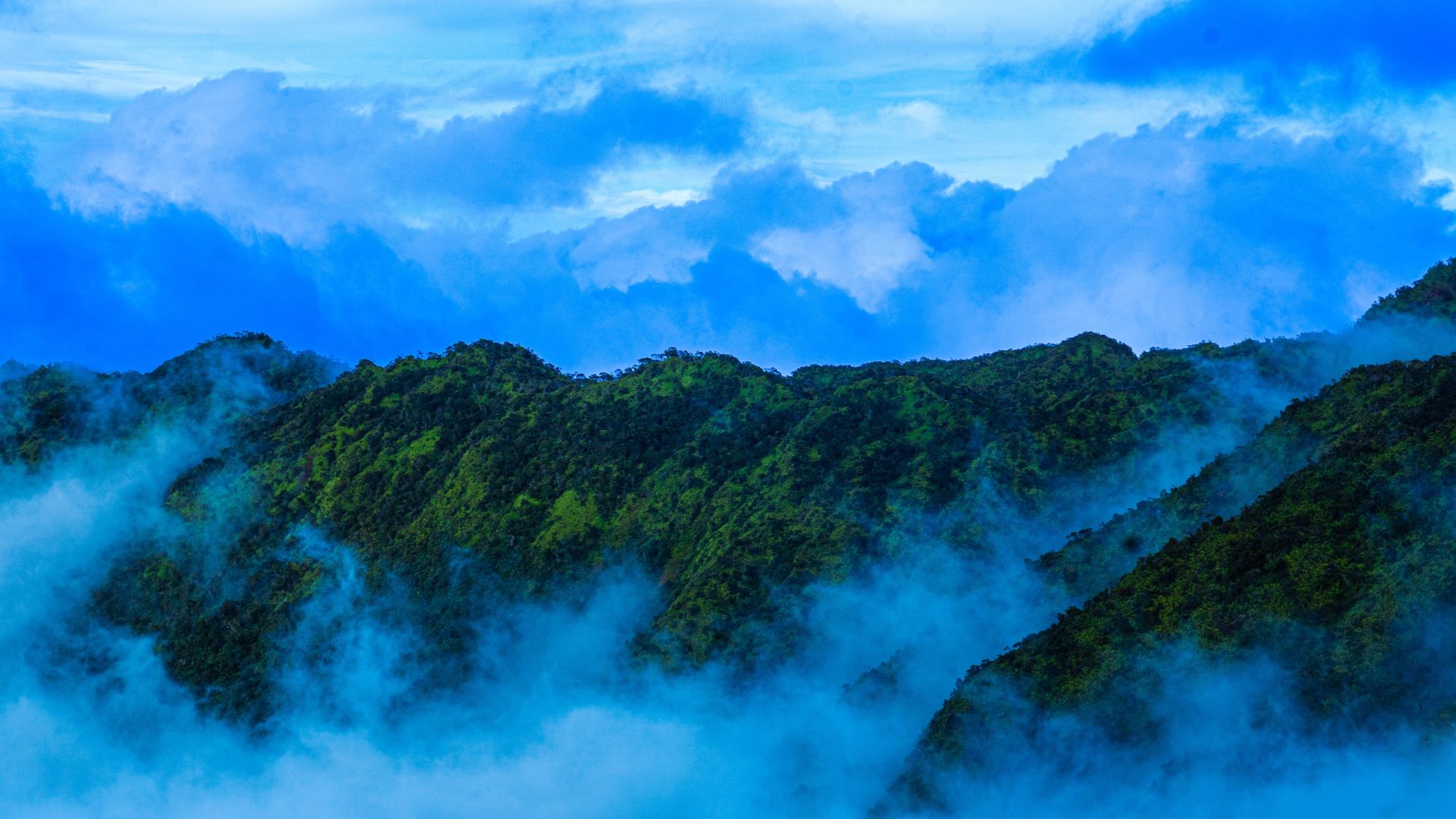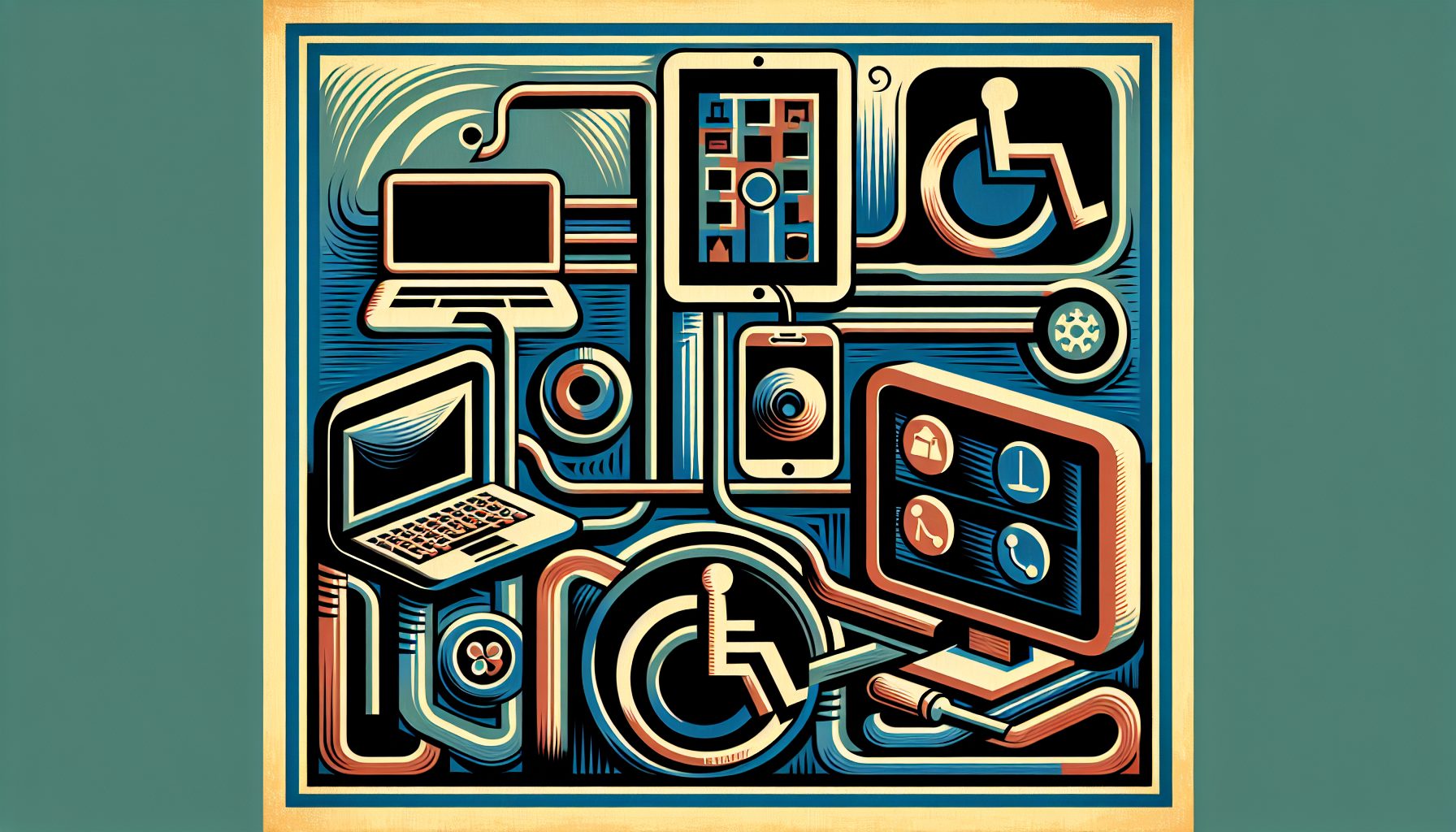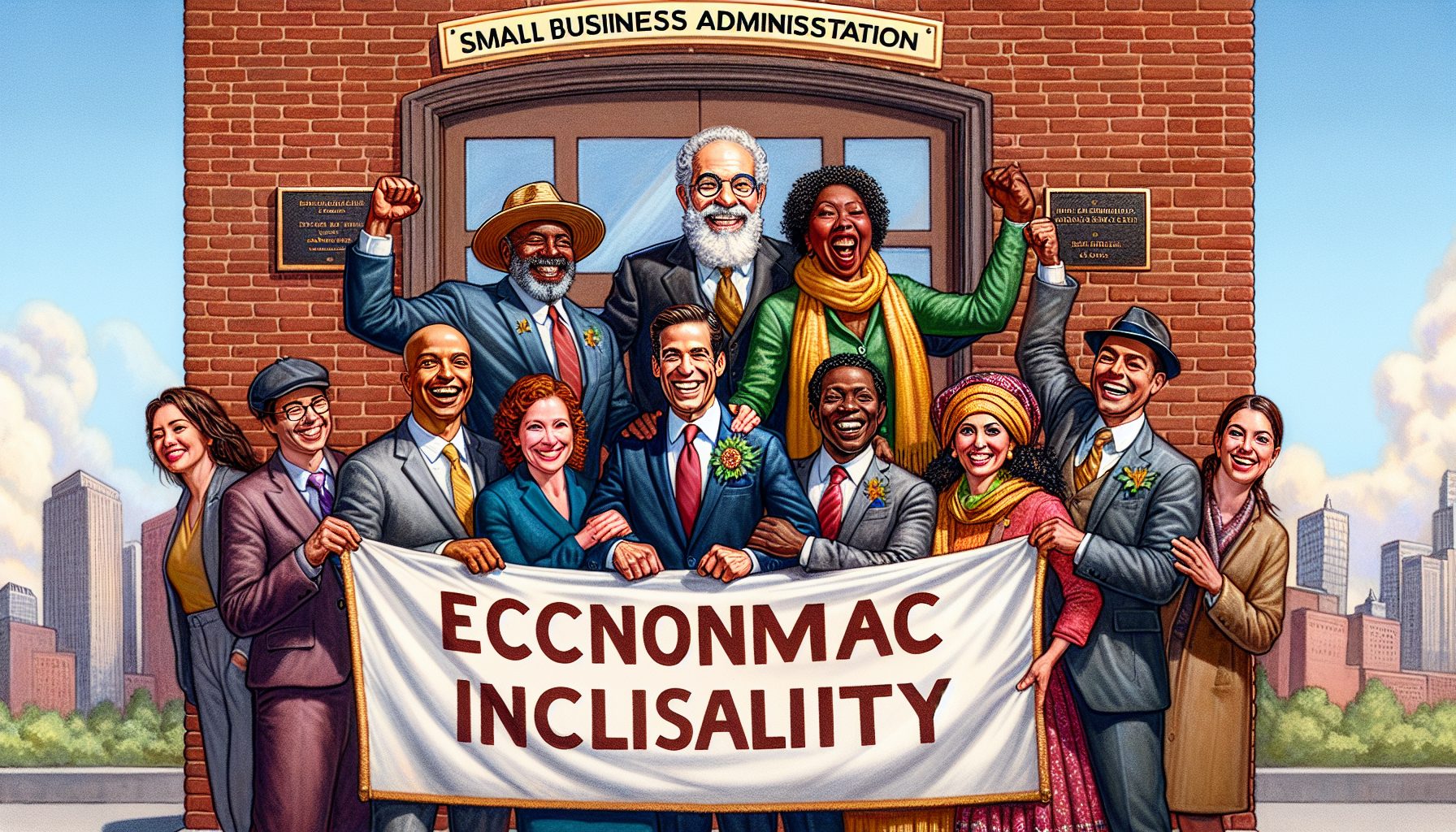In the lush and serene landscapes of the Hawaiian island of Kauai, nestled between the bustling tourist hubs of Kapaa and Hanalei, lies a massive construction project shrouded in secrecy. This top-secret endeavor, shielded from prying eyes by a 6-foot wall, has caught the attention of locals and visitors alike. The project is so confidential that workers on-site are bound by strict nondisclosure agreements (NDAs) and face severe consequences for any breach of secrecy.
A Hidden Fortress
The enigmatic project, known as Koolau Ranch, covers approximately 1,400 acres and is the brainchild of none other than Mark Zuckerberg, the CEO of Meta. Since acquiring the land in 2014, Zuckerberg has embarked on an ambitious mission to create a private sanctuary that encompasses not only luxurious amenities but also self-sufficiency and security. The compound is rumored to feature a 5,000-square-foot underground shelter, its own energy and food supplies, and a price tag exceeding $270 million.
The Wall of Silence
The sheer magnitude of the project has necessitated a significant number of workers, all of whom are bound by strict NDAs. These contracts extend beyond the construction crews to include everyone from carpenters and electricians to security guards. Violating the terms of the NDA can result in immediate removal from the project, as some unfortunate individuals have experienced firsthand. The level of secrecy surrounding the compound has earned it comparisons to the infamous “Fight Club” rule: “We don’t talk about fight club.”
The Makings of an Opulent Paradise
Detailed planning documents obtained by WIRED reveal the grandeur and opulence of Zuckerberg’s compound. The partially completed project boasts two mansions with a combined floor area comparable to a professional football field. These mansions feature multiple elevators, offices, conference rooms, and an industrial-sized kitchen. In addition to the main residences, the compound will house a web of 11 treehouses connected by intricate rope bridges, creating a treetop paradise for visitors. Other amenities include a full-size gym, pools, sauna, hot tub, cold plunge, and tennis court.
Beyond the Surface
While the luxurious features of the compound are awe-inspiring, it is what lies beneath that truly captures the imagination. The plans indicate the presence of a tunnel connecting the central mansions, leading to a 5,000-square-foot underground shelter. This fortified space includes living quarters, a mechanical room, and an escape hatch accessible via a ladder. Security is paramount, with more than 20 cameras integrated into the plans. Keypad-operated and soundproofed doors, as well as “blind doors” camouflaged within the walls, add an additional layer of privacy and security.
A Self-Sustaining Oasis
The compound is designed to be entirely self-sufficient, with its own water tank and pump system. The expansive 1,400-acre property serves as a haven for agriculture and ranching, producing a variety of food and resources. While specific details about the self-sustainability measures are scarce, the plans indicate a commitment to preserving natural resources and wildlife habitats.
The Price of Privacy
The cost of constructing and maintaining such an extravagant compound is staggering. Building permits estimate the main construction costs at around $100 million, in addition to $170 million spent on land purchases. However, these figures are likely an underestimate, as the remote location of Kauai often drives up construction costs. The compound’s size, secretive nature, and the need for extensive security measures are more commonly associated with secure military installations rather than private residences.
A Community Transformed
The presence of the Zuckerberg compound has had a significant impact on the local community. The once quiet and tight-knit neighborhood surrounding the compound has experienced an influx of construction workers and vehicles, disrupting the tranquility of the area. Some residents express frustration with the increased traffic and noise, as well as the loss of ocean views due to the imposing wall surrounding the compound.
Legal Maneuverings
Zuckerberg’s acquisition of the land and subsequent construction of the compound has not been without controversy. Legal battles ensued when Zuckerberg filed lawsuits against local landowners who held ancestral rights to plots of land within the compound. These lawsuits aimed to pressure the landowners into selling their shares. While Zuckerberg eventually abandoned his involvement in the lawsuits, his company continued to purchase shares from the descendants, raising questions about the fairness of the process.
Bridging the Gap
In an effort to mend relations with the local community, Zuckerberg and his wife, Priscilla Chan, have made substantial donations to various Kauai nonprofits through their charity, the Chan Zuckerberg Kauai Community Fund. These donations, totaling over $20 million since 2018, have positioned the couple as significant philanthropists on the island. They have also developed relationships with local government officials, collaborating on initiatives to address community needs and provide assistance during times of crisis.
A Symbol of a Bigger Issue
The presence of billionaires like Zuckerberg purchasing vast amounts of land in Hawaii and other desirable locations raises concerns among locals and experts alike. The influx of wealthy outsiders can drive up property values, making it increasingly difficult for locals to afford homes in their own communities. It also highlights the broader issue of wealth disparity and the disconnection between the super-rich and the everyday challenges faced by ordinary people.
See first source: WIRED
FAQ
Q1: What is Koolau Ranch, and who is behind this project?
A1: Koolau Ranch is a massive construction project located on the Hawaiian island of Kauai, and it is the brainchild of Mark Zuckerberg, the CEO of Meta. This project encompasses approximately 1,400 acres and aims to create a private sanctuary with luxurious amenities, self-sufficiency, and security.
Q2: Why is the Koolau Ranch project so secretive, and what measures are in place to maintain secrecy?
A2: The project is shrouded in secrecy, with a 6-foot wall surrounding it, and all workers are bound by strict nondisclosure agreements (NDAs). Violating these NDAs can result in immediate removal from the project, fostering a culture of silence and confidentiality.
Q3: What are some of the opulent features and amenities of the Koolau Ranch compound?
A3: The compound includes two mansions with a combined floor area comparable to a professional football field, 11 interconnected treehouses, a full-size gym, multiple pools, a sauna, hot tub, cold plunge, tennis court, and more. It also features a 5,000-square-foot underground shelter accessible through a tunnel.
Q4: How is the Koolau Ranch designed to be self-sufficient, and what are its sustainability measures?
A4: The compound is designed to be self-sufficient, with its own water tank and pump system. It also utilizes the expansive 1,400-acre property for agriculture and ranching, producing food and resources. Specific details about sustainability measures are limited, but there is a commitment to preserving natural resources and wildlife habitats.
Q5: What has been the impact of the Koolau Ranch on the local community, and what legal controversies have arisen from this project?
A5: The presence of the Koolau Ranch has disrupted the local community with increased traffic, noise, and loss of ocean views due to the surrounding wall. Legal battles ensued when Zuckerberg filed lawsuits against local landowners with ancestral rights within the compound. These lawsuits raised questions about fairness, but Zuckerberg eventually abandoned his involvement. To mend relations, he and his wife have made substantial donations to Kauai nonprofits.
Q6: What broader issues does the Koolau Ranch project symbolize, and why has it sparked concerns among locals and experts?
A6: The project symbolizes the broader issue of wealth disparity and the impact of wealthy outsiders purchasing vast amounts of land in desirable locations. This influx of wealth can drive up property values, making it challenging for locals to afford homes in their communities, and highlights the disconnection between the super-rich and everyday challenges faced by ordinary people.
Featured Image Credit: Photo by Srikanta H. U; Unsplash – Thank you!









